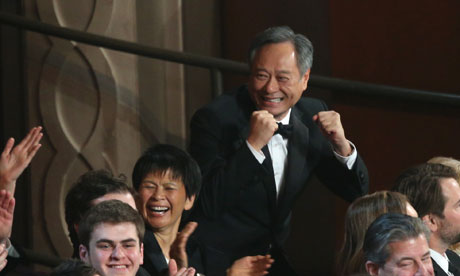I plan to look at how patriotism has evolved in the past
decade through television. I want to study how television reflects the
existence and perceptions of patriotism. I’ll look specifically at the late 90’s
political epic The West Wing and the
newly-released Netflix remake of BBC’s House
of Cards, which follows a ruthless congressman connivingly struggling for
power. Both shows, released a little over a decade apart, give an inside-look
at the White House and the politics surrounding the White House. In one, the
president is the moral leader to look to for advice. In the other, the
president is the man to slyly screw over for betraying our complicated
protagonist. Each show has a different style and tone and its individual
perception on what it means to be patriotic.
As someone who generally isn’t very patriotic and who doesn’t
tend to have faith in the power and justice of our country, it is odd to watch
a show so focused on making great America greater. I must admit, however, there
are beautiful moments where even I allow myself to buy into the hopeful image
of the United States and American Dream The
West Wing fights for. It can be inspirational. At the same time, however,
it is refreshing to see the honesty of the cruel, power-hungry, ambitious,
intelligent characters in House of Cards.
I’ll also look online—blogs, articles, comments—to find
information about how people feel about patriotism, about the White House,
about the US as a superpower. I want to look at what people think of the
American Dream today. Does it still exist as the core hope or dream for future
America? The terrorist attack on 9/11 occurred roughly in the middle of this
time-frame, and I’m interested in what role it played in television. I will use
television to study how—and perhaps why—patriotism has changed and the evolving
perception of America’s future.


























